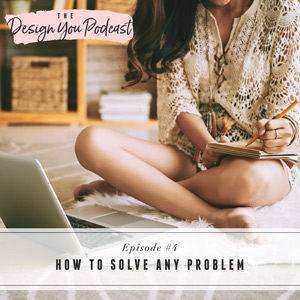
“Do the best you can until you know better. Then when you know better, do better.” ~ Maya Angelou
Okay, ladies. Are you ready to learn the framework that can help you solve, literally, any problem you may be experiencing? Yes, I really do mean ANY problem. And no, your problems are not the exception!
On today’s episode, I am going to introduce you to the Model, a crazy practical tool designed by life coach genius Brooke Castillo to help us look at our circumstances, thoughts, feelings, actions, and results. In other words, it’s a way to look at our lives, and the results we are getting in our lives, and understand not only why we are getting those results, but how to change them.
This episode may challenge your idea of the way to solve your problems, but I can tell you that once you grasp this concept and learn to employ it every day, you will begin to see a dramatic shift in your experience of life. You’ll learn how accepting responsibility for your issues frees you to be in total control of your happiness and success and why that’s a good thing!
To help you with this process of solving ANY problem that comes up, I created a great resource just for you. Click Here to download this FREE worksheet that will help you become aware of the thoughts you are thinking and how they may be holding you back from the life you want.





